- Bitcoin’s mining difficulty fell by 7.32% over the past two weeks, the largest negative adjustment in almost 18 months.
- Mining difficulty adjusts every 2,016 blocks or roughly two weeks and depends on average block time (10 minutes) and hashrate.
- Bitcoin’s next mining difficulty is expected to increase by 4.24%.
Bitcoin mining difficulty, a measure of how hard it is for miners to find and ‘mine’ a new block, fell by 7.32% last week.
The downward adjustment occurred at block height 766,080, & the largest negative adjustment in the metric since July 2021. As of 15 December 2022, and according to data on BTC.com, the last biggest downward adjustment occurred at block height 689,472 in July 2021 when difficulty fell by 27.94% .&
Incidentally, that negative adjustment is the largest in Bitcoin mining history and happened at a time when the crypto industry recorded a massive exodus of miners from China following the country’s crackdown on Bitcoin. Other huge downward adjustments occurred in May 2021, March and November 2020 and December 2018.
Next difficulty estimated to jump 4.24%
Mining difficulty is a metric that looks at the number of hashes or guesses a miner needs to make to arrive at the correct one and be able to mine BTC. It’s been increasing since Bitcoin’s inception and adjusts every two weeks, or after about 2,016 blocks &- going up or down to keep the creation of new coins within the network’s average block time.
The current difficulty is 34.24 trillion and the next difficulty adjustment is expected to rise by 4.24% to an estimated 35.69 trillion.
How does mining difficulty work?
This is how difficulty works &- it will adjust downwards if it takes less than 10 minutes to create a new block, or upwards if the average block time is above 10 minutes.&
Also critical to difficulty adjustment is Bitcoin’s hashrate, which is the total computing power of all the miners on the network. Hashrate increases with an increase in the number of miners dedicating their computing power to processing transactions and secure the network.&
The metric falls when miners decrease. In this case, the more miners join the network, the higher the difficulty adjusts and the more miners switch off their equipment, the lower the adjustment.
Bitcoin’s hashrate has increased slightly from 245.10 exahashes per second (EH/s) at the last difficulty adjustment, with on-chain data showing its currently at 257.04 EH/s.&
The post Bitcoin mining difficulty falls 7.3%, largest since July 2021 appeared first on CoinJournal.

You can get bonuses upto $100 FREE BONUS when you:
💰 Install these recommended apps:
💲 SocialGood - 100% Crypto Back on Everyday Shopping
💲 xPortal - The DeFi For The Next Billion
💲 CryptoTab Browser - Lightweight, fast, and ready to mine!
💰 Register on these recommended exchanges:
🟡 Binance🟡 Bitfinex🟡 Bitmart🟡 Bittrex🟡 Bitget
🟡 CoinEx🟡 Crypto.com🟡 Gate.io🟡 Huobi🟡 Kucoin.




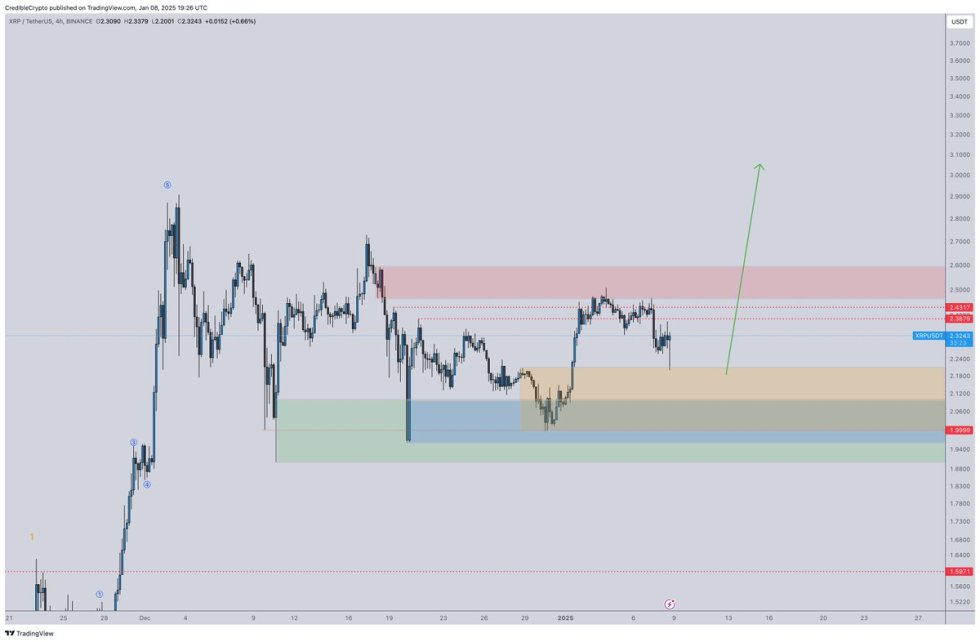





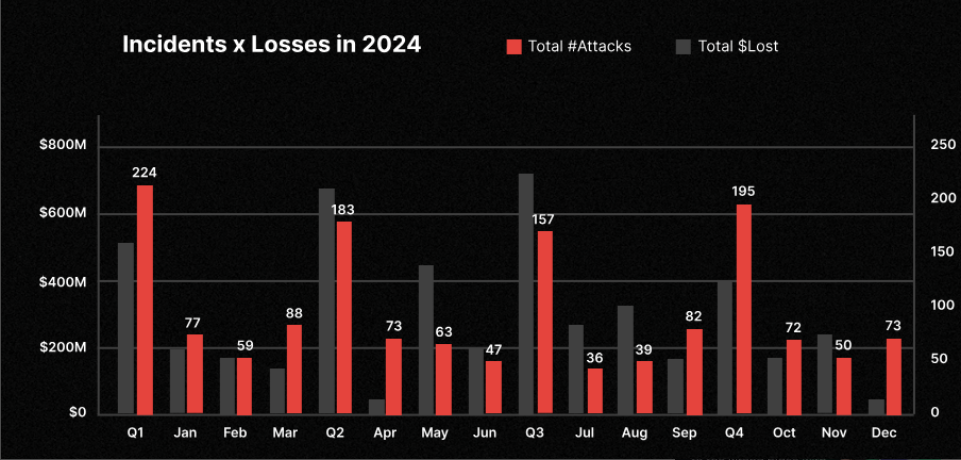
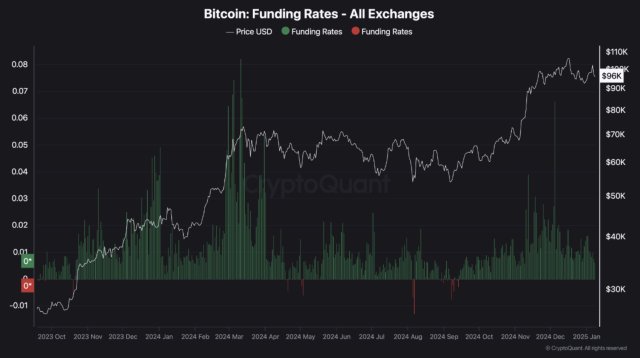




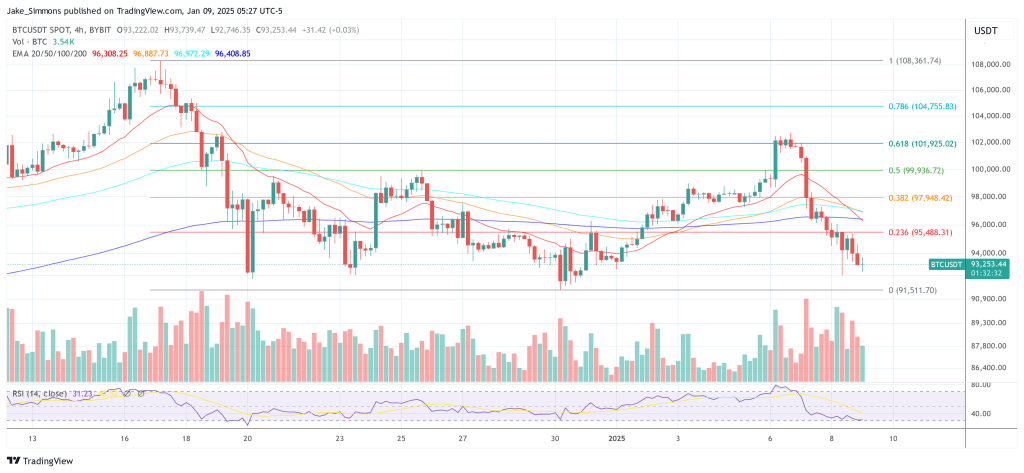


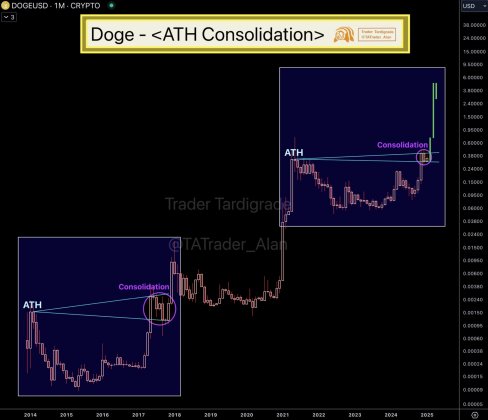
Comments